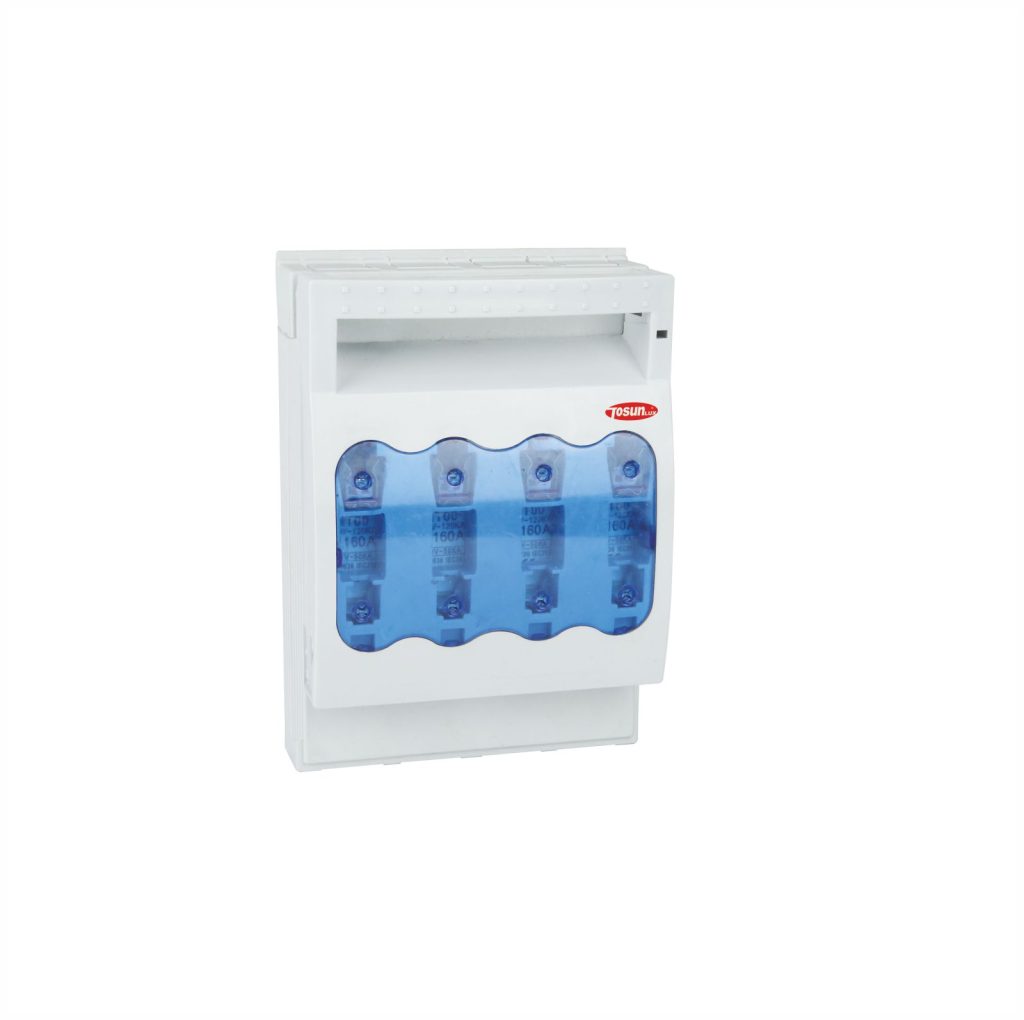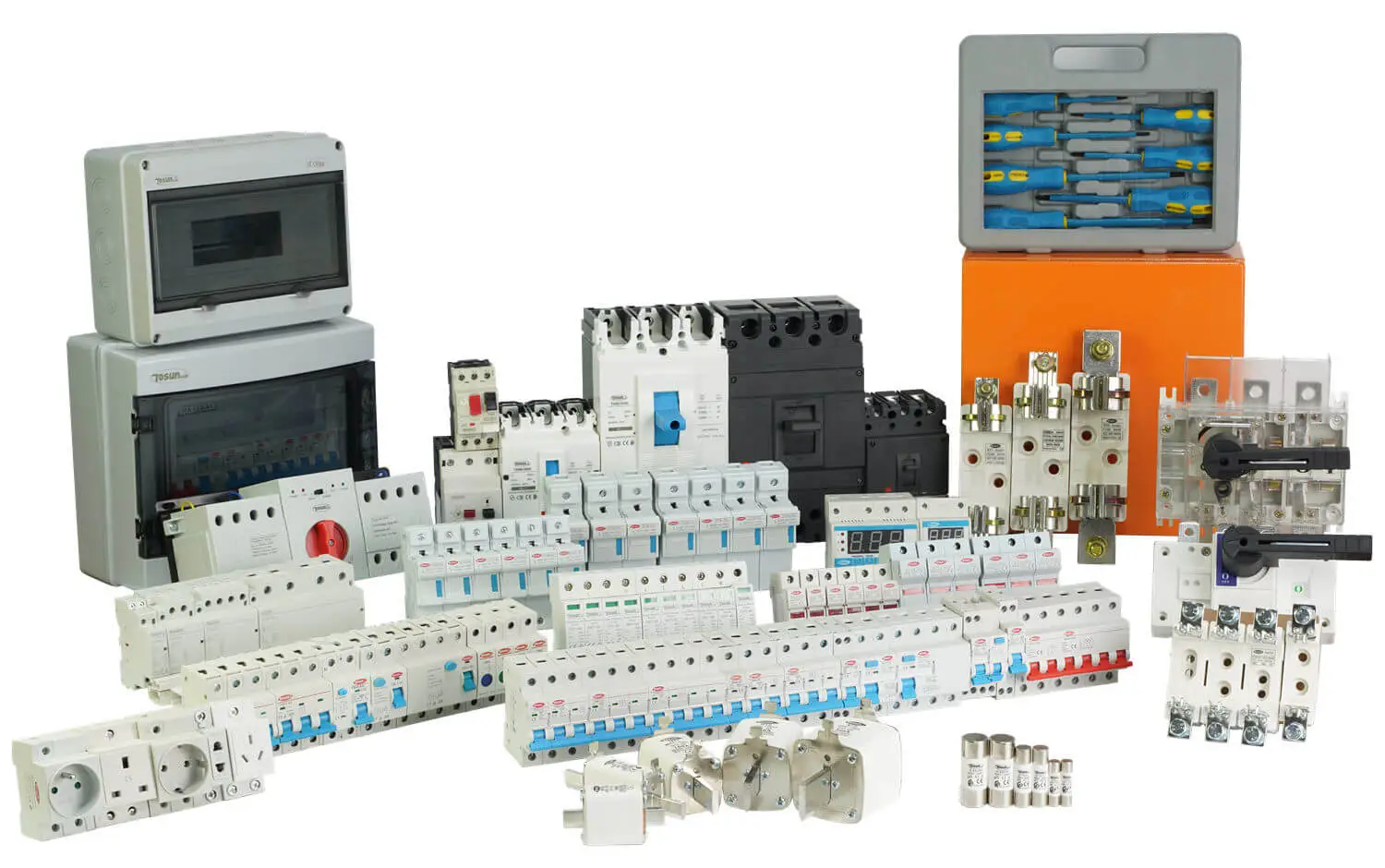What Is The Purpose Of Fuses And Circuit Breakers?
Table of Contents
ToggleFuses and circuit breakers are crucial parts of electrical systems in our house. These two things help to protect the entire power system.
They are known as circuit protection devices as they protect the circuit against a power surge. While fuses and circuit breakers are different from one another, they serve the same purpose.
Their main function is to break the circuit during power overload and fault to protect the appliance and avoid fires and short-circuit.
If you want to know more about a circuit breaker and fuses, we can help you. In this article, we are going to discuss both the protection devices along with their purpose.
What Is A Fuse?
A fuse is a piece of electrical equipment that protects an electrical circuit from overheating. It is usually connected to a circuit in series. If the circuit experiences a fault, the fuse will blow and cut off the power to other equipment.
It is a common component of overcurrent protection circuits. A fuse can be a useful tool when working with electrical systems. The fuse element is made of a metal or alloy and has characteristics that are predictable and stable.
In an ideal situation, a breaker would carry the rated current indefinitely, melting only on a small excess. The fuse element must not be damaged by minor surges of current, and its behavior must remain consistent over many years.
Fuse elements are made of metal or alloy. This material offers predictable and stable characteristics. In a perfect world, a fuse would carry the rated current indefinitely, melting quickly in the event of a small excess.
What Is A Circuit Breaker?
You may not have heard of circuit breakers, but they are an essential part of any electrical system. They protect wires from overloading and prevent damage to appliances and electronic items.
Excessive current can cause wires to heat up and burn and can even start a fire. A circuit breaker senses the overloaded wires and shuts them off. Depending on the situation, this can stop power to the entire house or a particular zone.
Electrical circuit breakers protect your home from fires and other electrical hazards. Overloading or short-circuiting can cause a circuit breaker to trip. Overloading can cause a spike in current that can melt the insulation and cause a fire.
A circuit breaker can prevent both situations by switching off electrical devices if it detects an overload. The device is also important for protecting sensitive equipment. If you notice that a circuit holder has tripped, it is probably due to an electrical problem.
A circuit breaker is a device that performs the switching functions when it detects a high or low current. A circuit breaker primarily consists of moving and fixed contacts connected together by mechanical pressure.
Difference between Fuse and Circuit Breaker:
There are many differences between fuses and circuit breakers, but one thing they all have in common is the power they can handle. Fuse technology allows for a higher current to be passed to a specific device, but not much else.
They come in three different sizes: 3 A, 5 A, and 13 A. The higher the fuse rating, the more protection it will provide. If the device is only going to draw five amps, you should use a 5A fuse. This will ensure that the device will continue to operate if it is over five Amps.
There are some other differences as well. For one, a fuse can be replaced by a replacement at any time without any additional wiring. Unlike a circuit breaker, a fuse can also be easily jerry-rigged with wire and a small copper bar to make it work.
Likewise, a blown a fuse can be annoying, resulting in a reoccurring tripping problem. Both types of devices can cause problems and should only be used in a reputable environment.
Circuit breakers and fuses have different purposes and functions. While fuses are inexpensive and straightforward, circuit breakers offer a faster, more reliable method of protection.
These devices can be installed in multiple locations and are also more reliable. The difference between a circuit breaker and a fuse can be critical to your decision.
What Is The Purpose of Fuses and Circuit Breakers?
Fuse and circuit breakers are the basic safety devices for electrical systems. These devices are designed to limit the amount of electricity that flows through them. They are used to protect electronic equipment from damage caused by excessive current.
They can also indicate that a circuit is overloaded or that the house has too many circuits. The difference between a fuse and a circuit breaker is the way they operate.
A fuse can be manually tripped or automatically reset when it is blown. The function of a fuse is to protect equipment from being damaged by overcurrent. These fuses can be tripped by voltage overload or manually by a person.
Fuse and circuit breakers can be very useful safety devices for a home or office. When a motor is operating, it can draw higher than normal currents for a few seconds.
A circuit breaker will disconnect this power in order to prevent any damage to the connected device. A fuse is a special device that protects a specific device from being spoiled. However, when a fuse blows, it will not prevent anything from working.
A circuit breaker and a fuse work together to isolate an overloaded portion of an electrical system. The main function of a fuse is to stop the flow of current.
When a fuse blows, it will interrupt the current. A circuit breaker is a better choice than a fuse. They will stop the flow of electricity in a few minutes, whereas a fuse will only take a few seconds.
Fuse and circuit breakers are essential components of an electric system. They both protect sensitive electrical instruments by limiting the flow of currents. The main difference between the two types is the type of circuit breaker. A circuit breaker can shut down a whole building. A fuse can shut off the flow of electricity in one or two minutes.
Tel: +86-577-88671000
E-mail: ceo@tosun.com
Skype: tosunelectric
Wechat: +86-139 6881 9286
WhatsApp: +86-139 0587 7291
Address: Room No.1001 Wenzhou Fortune Center,Station Road, Wenzhou, China
REQUEST A QUOTE
WhatsApp us
 : +86-139 0587 7291
: +86-139 0587 7291 English
English Español
Español Русский
Русский Français
Français العربية
العربية Português do Brasil
Português do Brasil Українська
Українська Türkçe
Türkçe Polski
Polski Nederlands
Nederlands Italiano
Italiano Bahasa Indonesia
Bahasa Indonesia हिन्दी
हिन्दी اردو
اردو አማርኛ
አማርኛ Հայերեն
Հայերեն ไทย
ไทย Монгол
Монгол فارسی
فارسی Shqip
Shqip Ελληνικά
Ελληνικά



